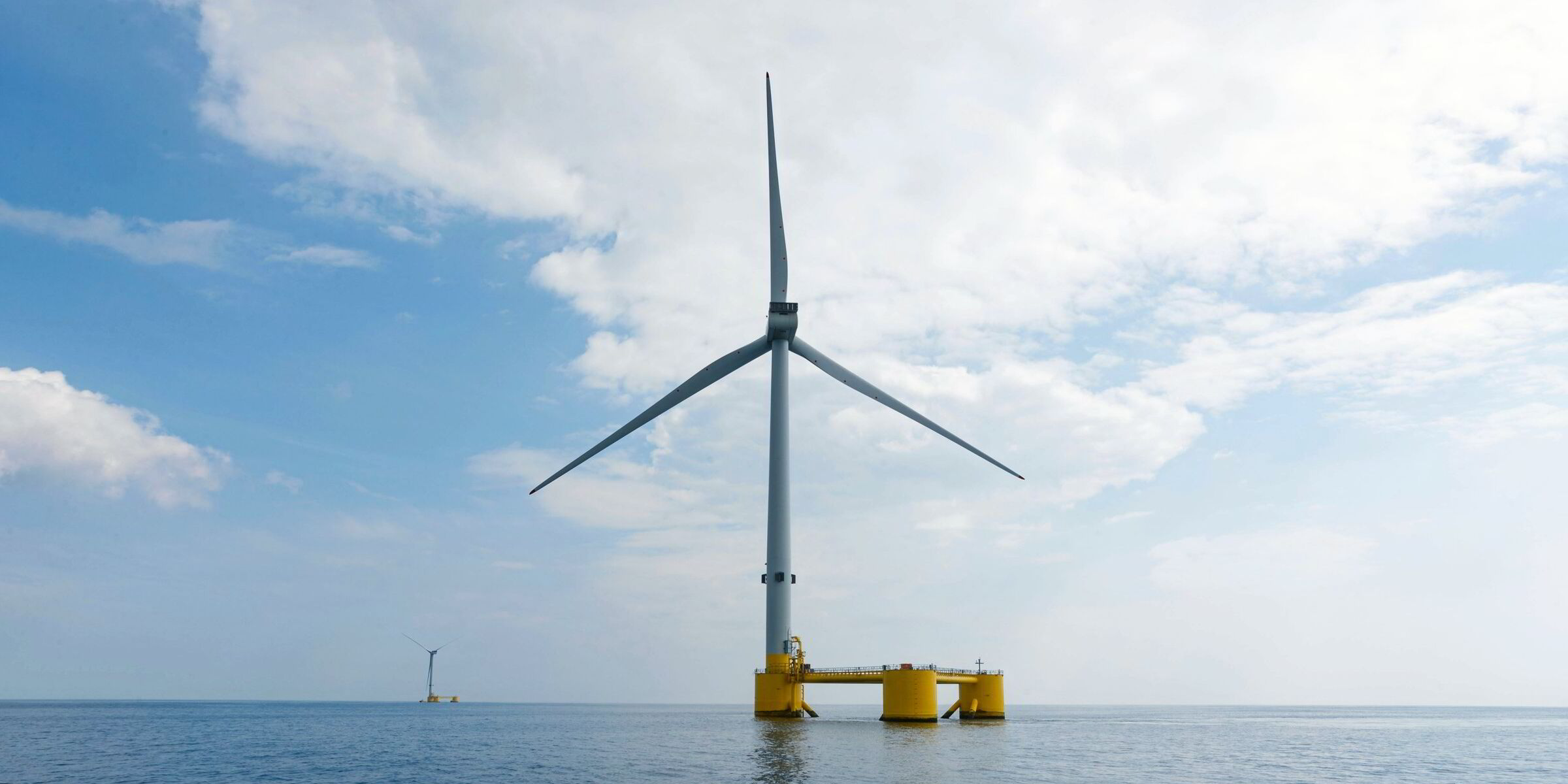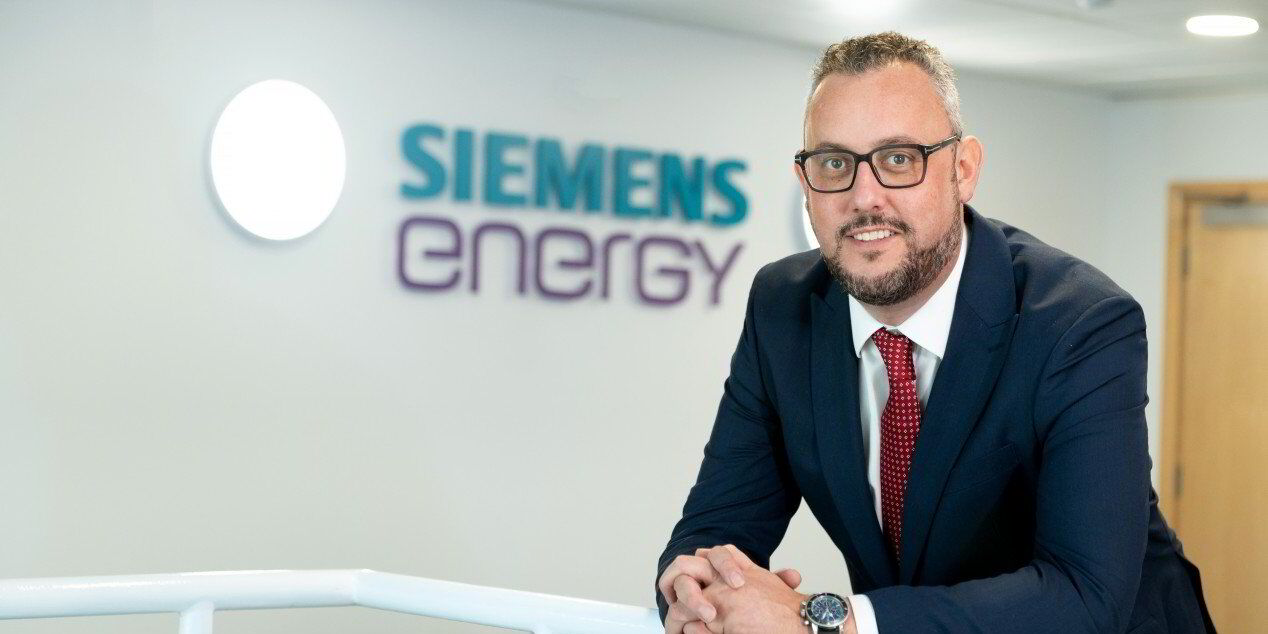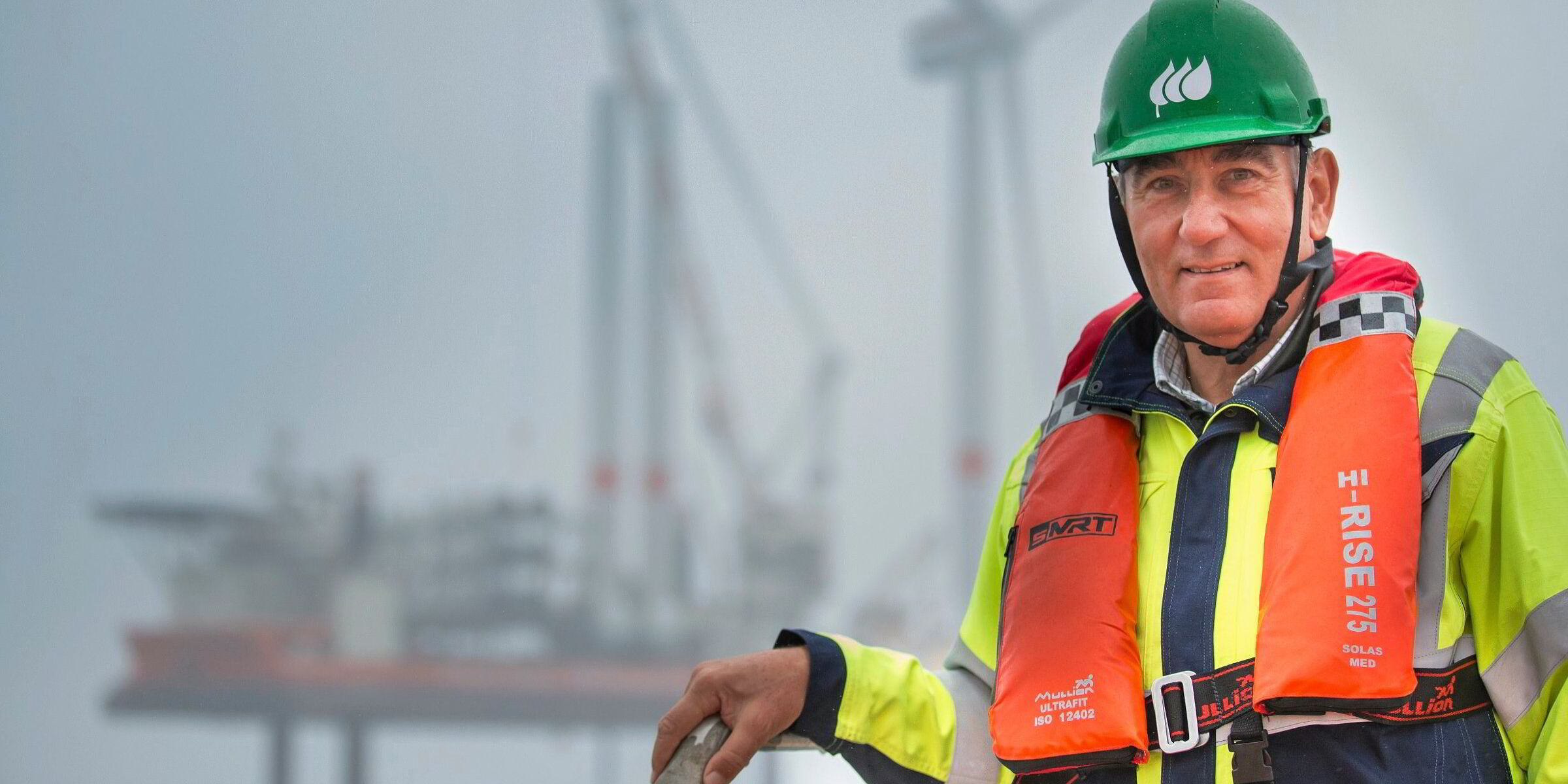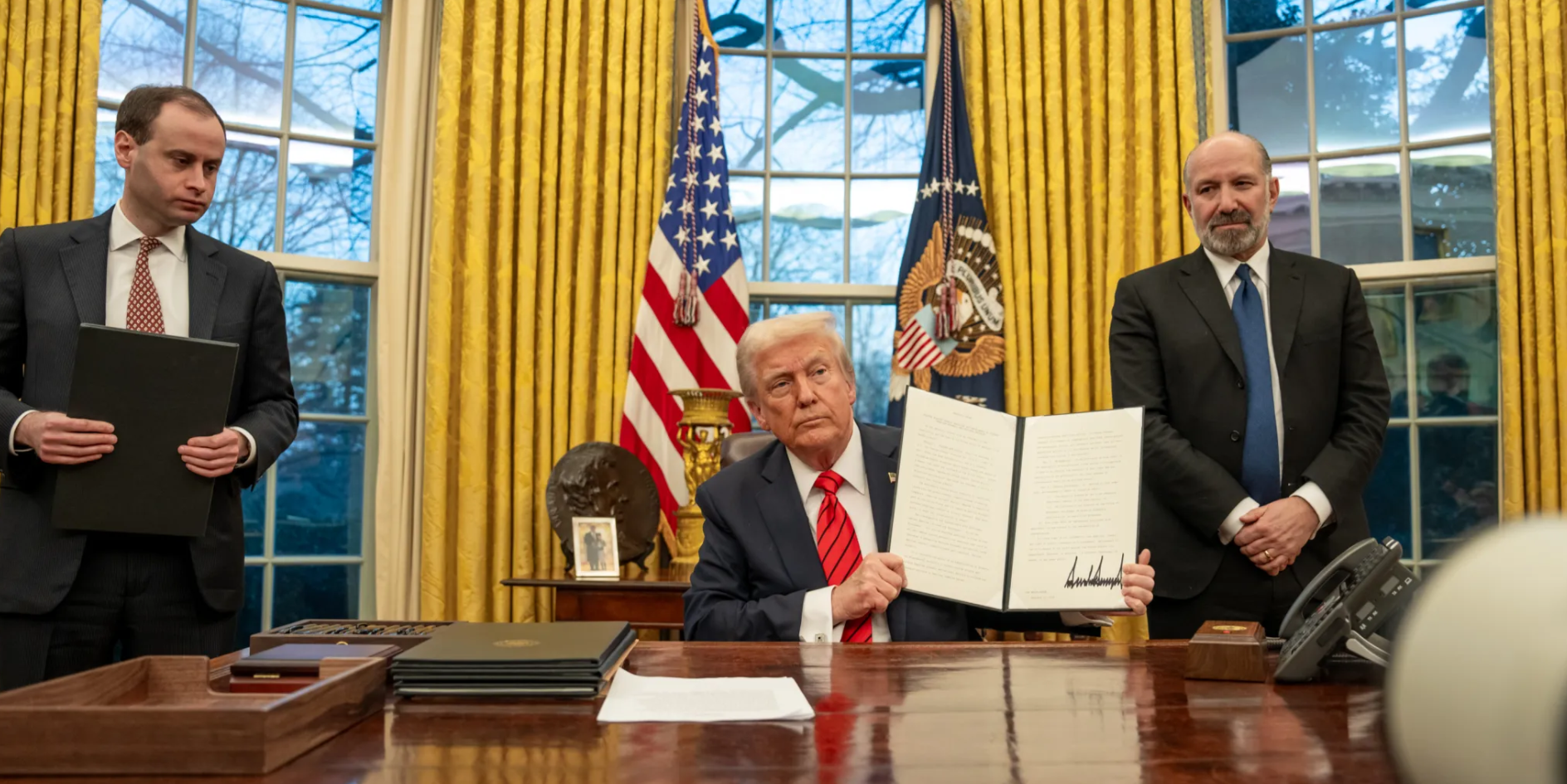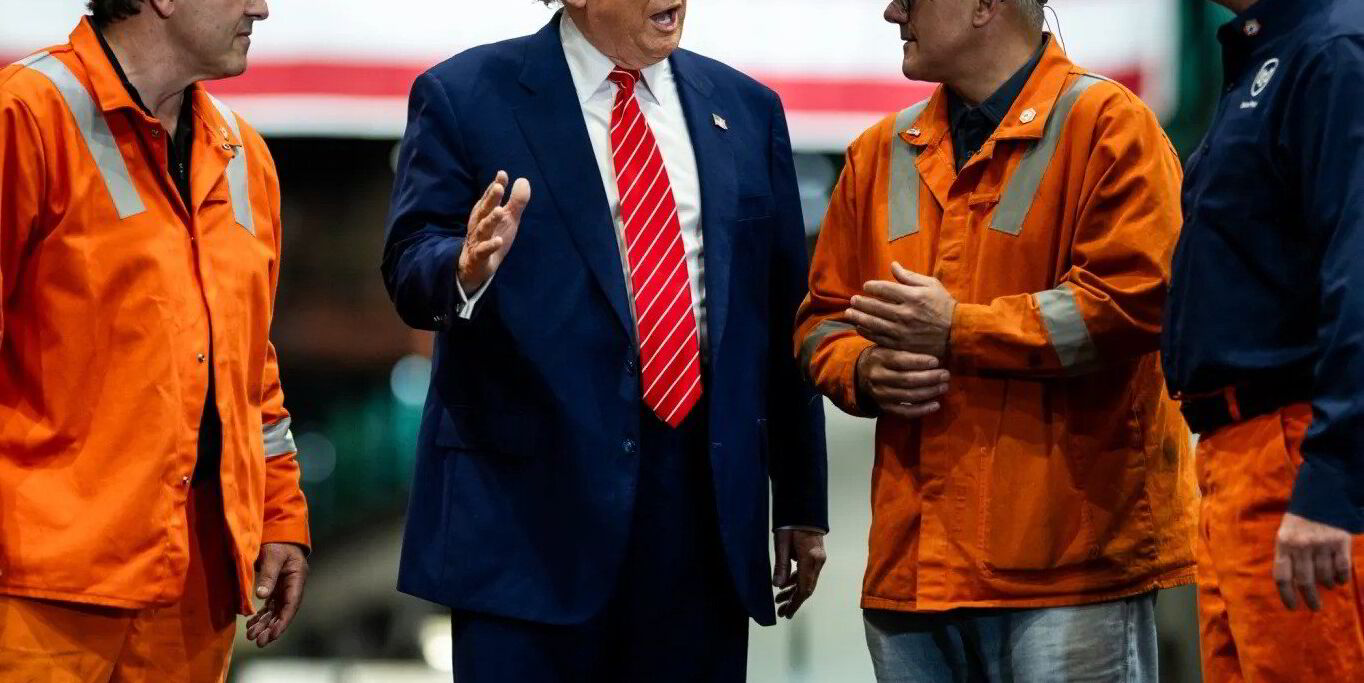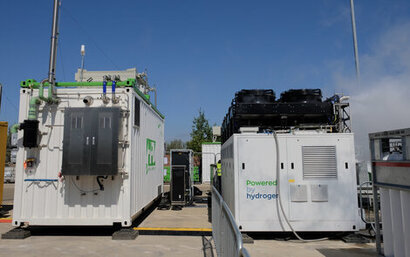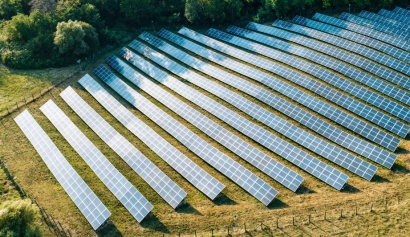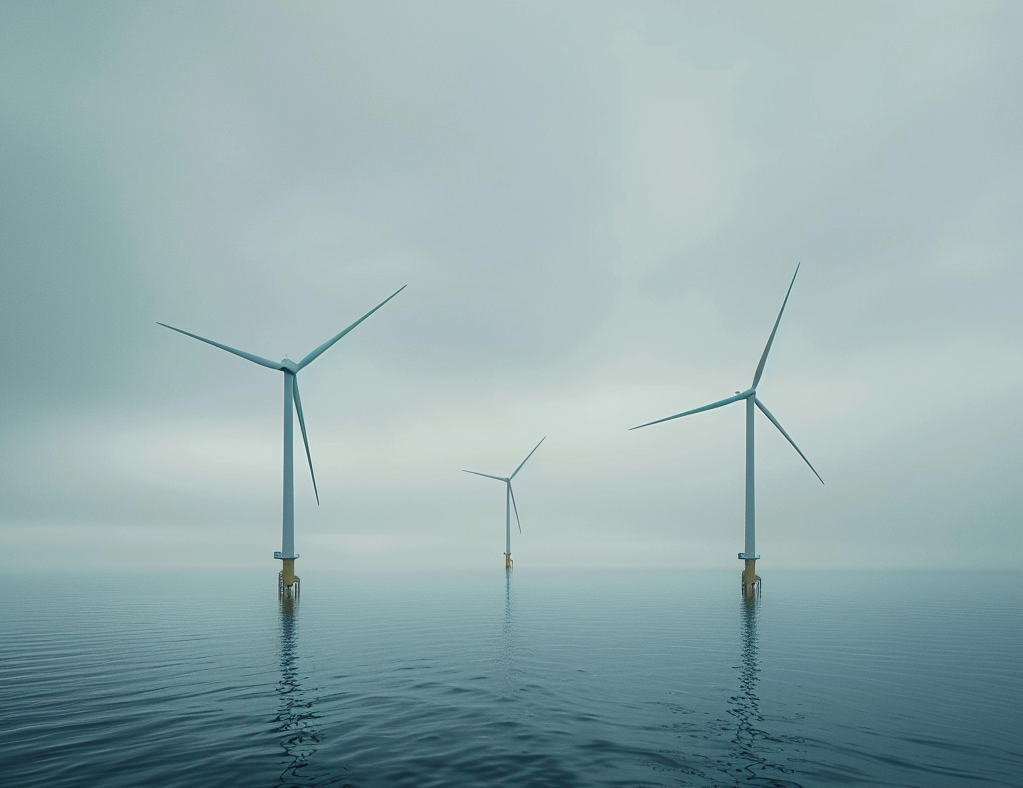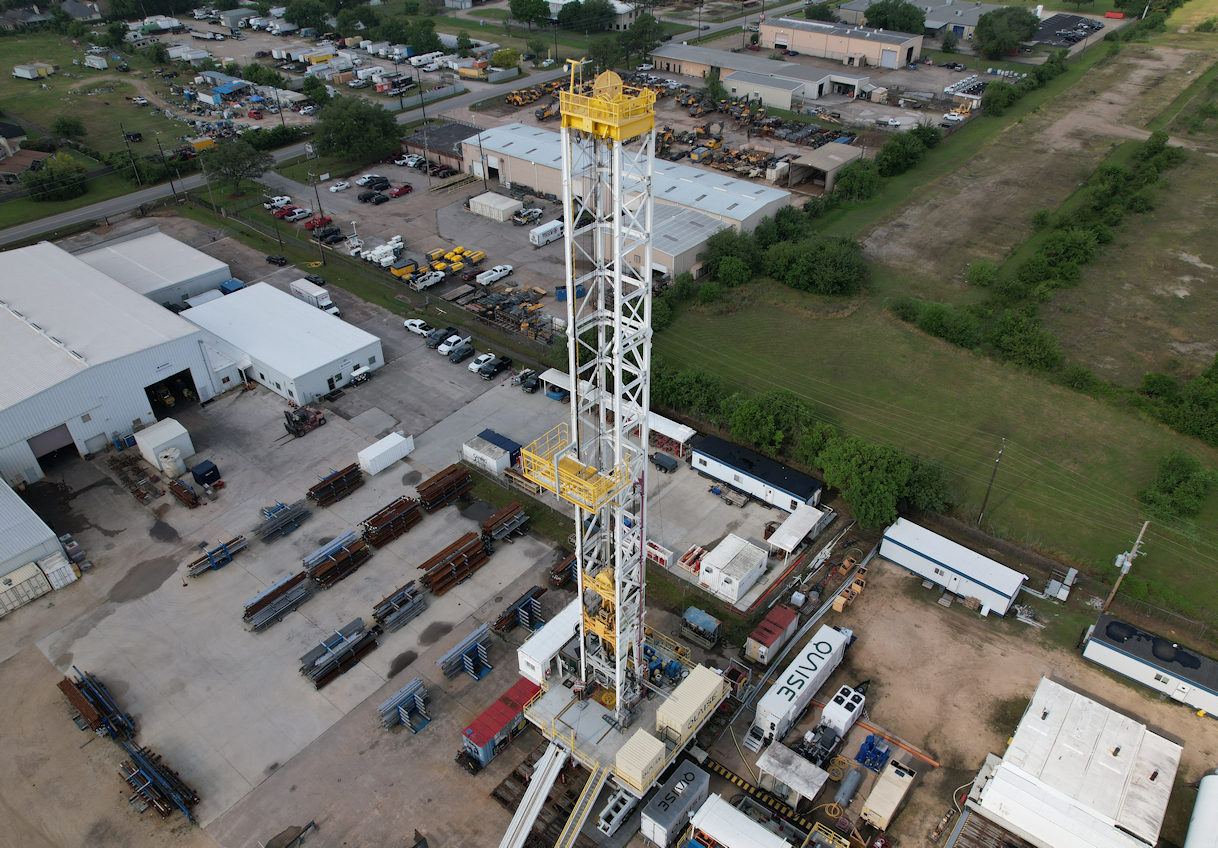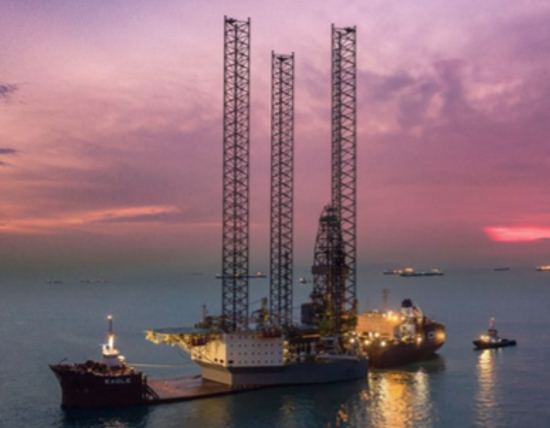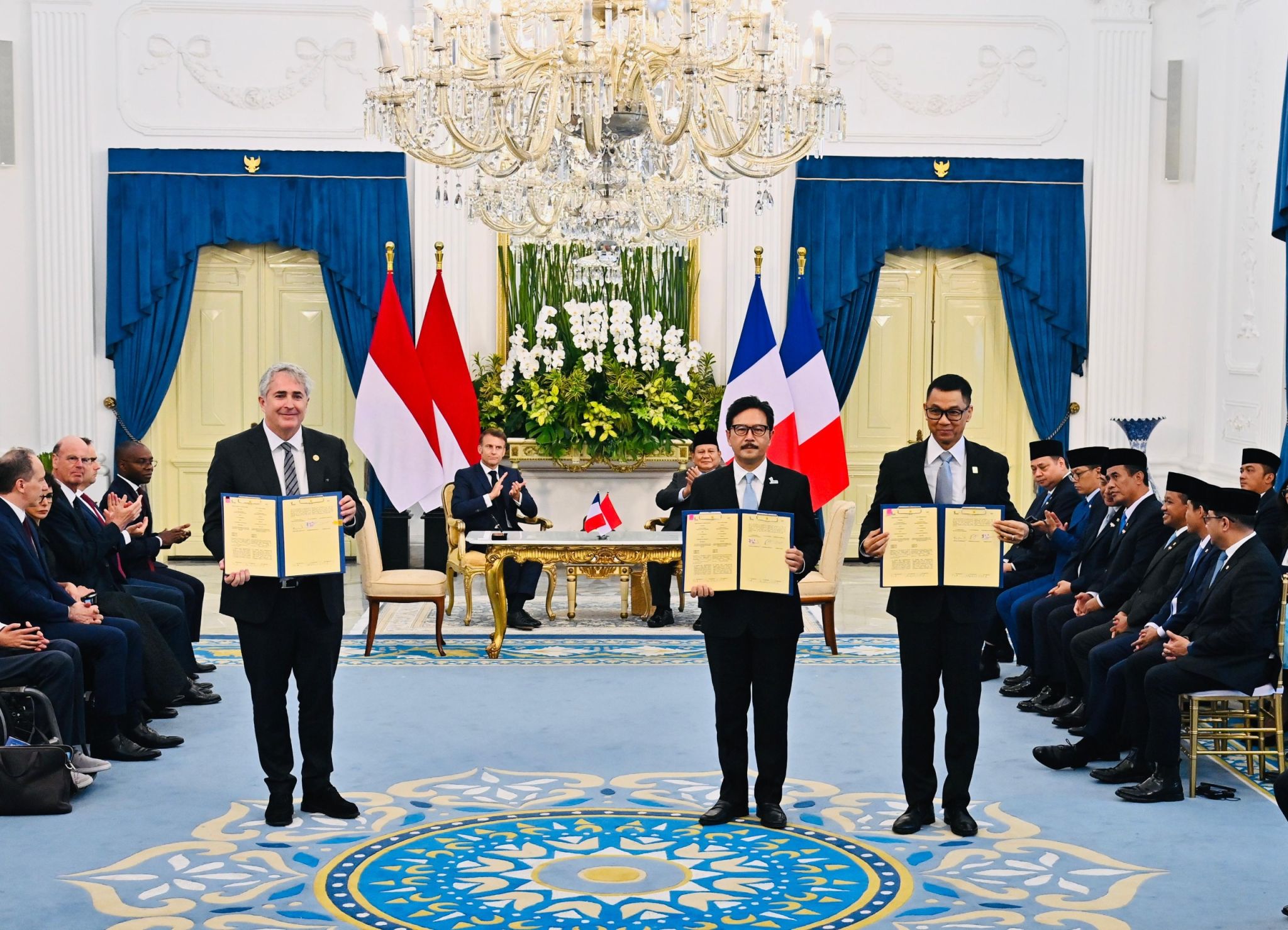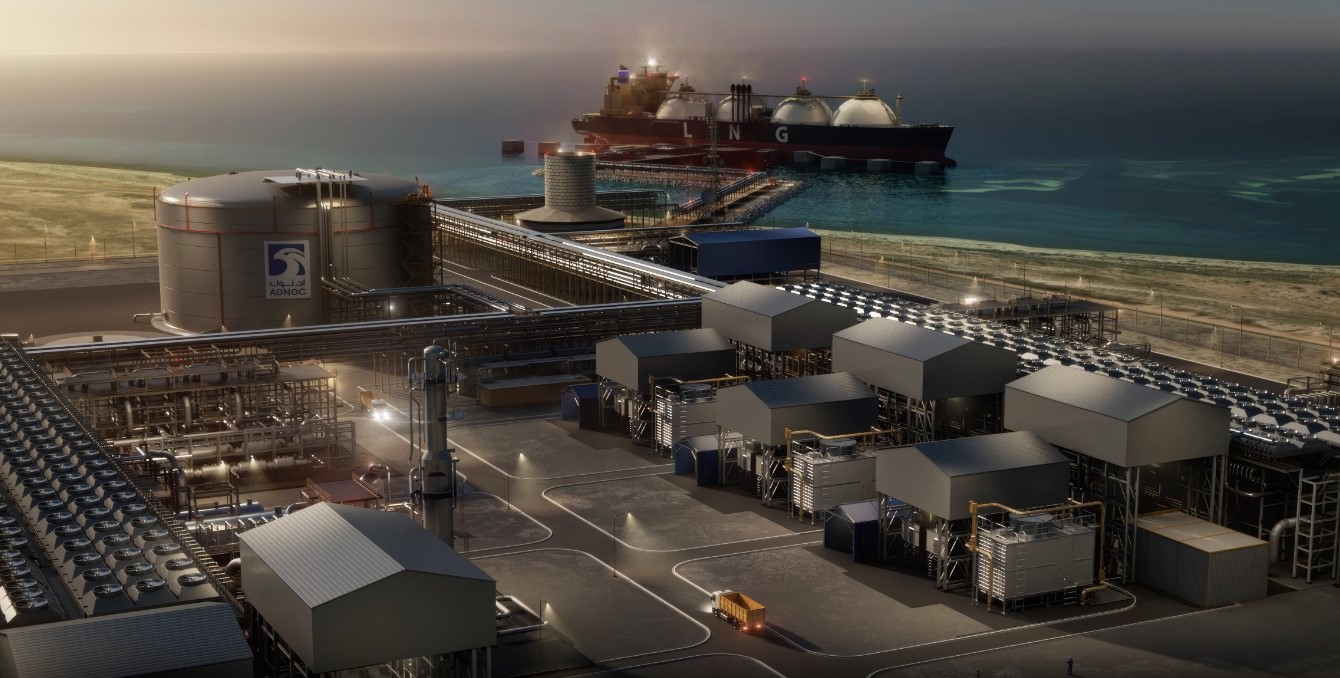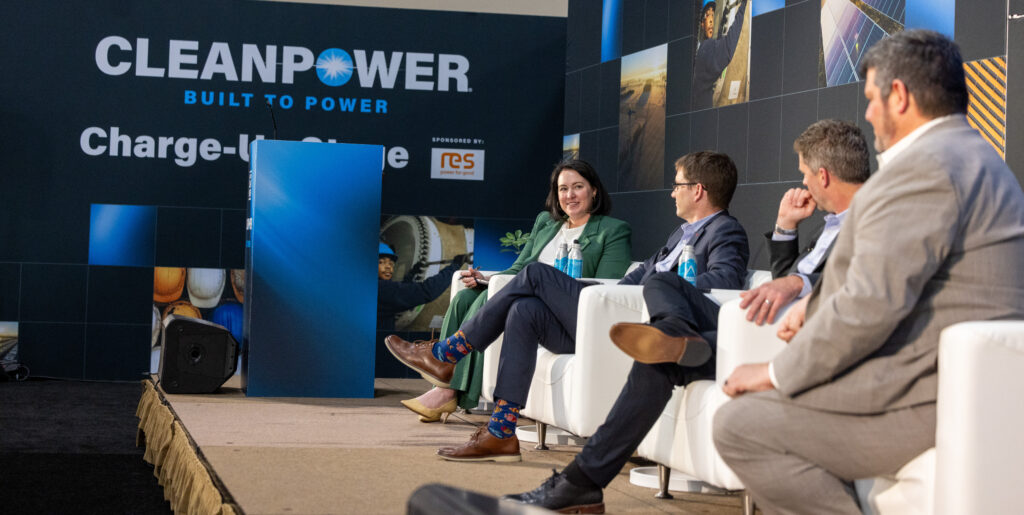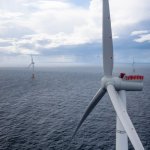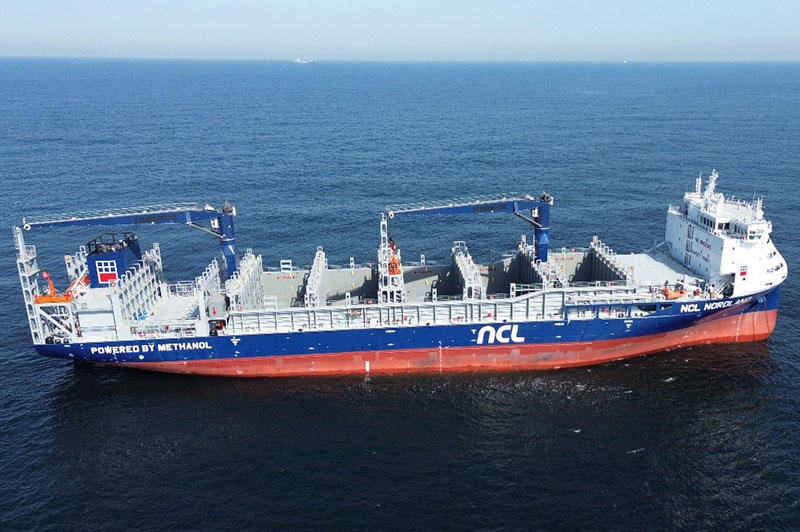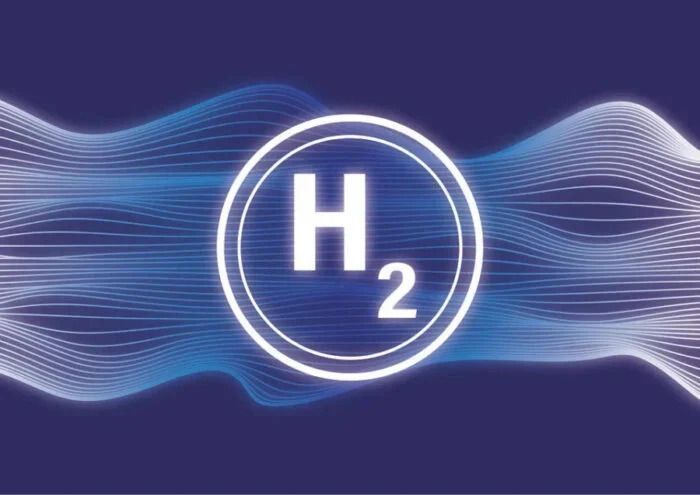Vision-assisted robotics for space solar cell manufacturing
German automation specialist Acp systems developed an advanced robotics solution integrating image processing to handle a range of wafer sizes and tolerances within a vapor deposition process for a manufacturer of space solar cell technologies. The requirements included a compact design, precsion within 0.1 mm and automated wafer handling quality control.

German automation specialist Acp systems developed an advanced robotics solution integrating image processing to handle a range of wafer sizes and tolerances within a vapor deposition process for a manufacturer of space solar cell technologies. The requirements included a compact design, precsion within 0.1 mm and automated wafer handling quality control.
German industrial equipment manufacturer Acp systems has integrated a vision-assisted robotics solution for wafer handling in coating systems made by Germany-based Singulus Technologies and deployed by Azur Space Solar Power, a manufacturer of high-value, high-efficiency, multi-junction solar cells for space and terrestrial concentrator systems (CPV) in Germany.
The multi-junction solar cell manufacturer required a fully automated solution integrated into a plasma-enhanced chemical vapor deposition (PECVD) process to improve productivity but that would also precisely and carefully handle high-value solar cells built on germanium substrates, according to Acp systems.
The new solution was conceived to ensure that the specified positioning accuracy of +/- 0.1 mm in the nests of the workpiece carriers was met and that both the manufacturing tolerances of the carriers and shrinkage caused by cooling during loading were compensated for.
To address the challenge, an intelligent, vision-assisted wafer handling solution an industrial selective compliance articulated robot arm (SCARA) robot supporting two-sided coating was developed. It was mounted and integrated inside the cassette loading area of the Singululs Technologies PECVD systems.
“The new system was commissioned in June 2024 and since then there have been no handling-related wafer breakages,” an Acp systems’ spokesperson confirmed to pv magazine.
The solution includes at least two camera sub-systems – the Cognex Vision Pro machine vision software and the SCARA robot. The latter has an arm reach of 1,000 millimeters that picks the wafers from the cassettes and places them reliably and accurately into the few hundred micrometers larger carbon fiber nests of the workpiece carriers, among other tasks.
The robot arm is equipped with a flat vacuum gripper that can be quickly exchanged to handle wafers of different sizes. The system also has a flipper station to turn the solar cells to be coated on both sides. “Depending on the cell size, the 1,000 mm x 600 mm carriers can hold four, nine, or 16 wafers,” said Acp systems.
A 12-megapixel camera detects the exact position of the wafers on the backlit alignment table and sends information throughout the process to the machine vision software, which provides control and computation power to enable precise positioning and handling, even if the wafers and cassettes deviate from the original size, shape, or thickness. For example, in the case of thermal shrinkage due to cooling after the coating process at temperatures up to 350 C.
Finally, a camera system is used for quality control to ensure the edges of the wafers are free of damage before the coated solar cells are placed back into the cassettes.
Founded in 1997, Acp systems provides technology to solar PV; electronics, semiconductor, automotive, medical and pharmaceutical manufacturing industries. It recently developed the quattroClean snow jet cleaning system that is integrated into equipment made by Germany-based Sciprios for perovskite solar cells and organic PV (OPV) fabrication.




What's Your Reaction?







